Last updated on March 14, 2024
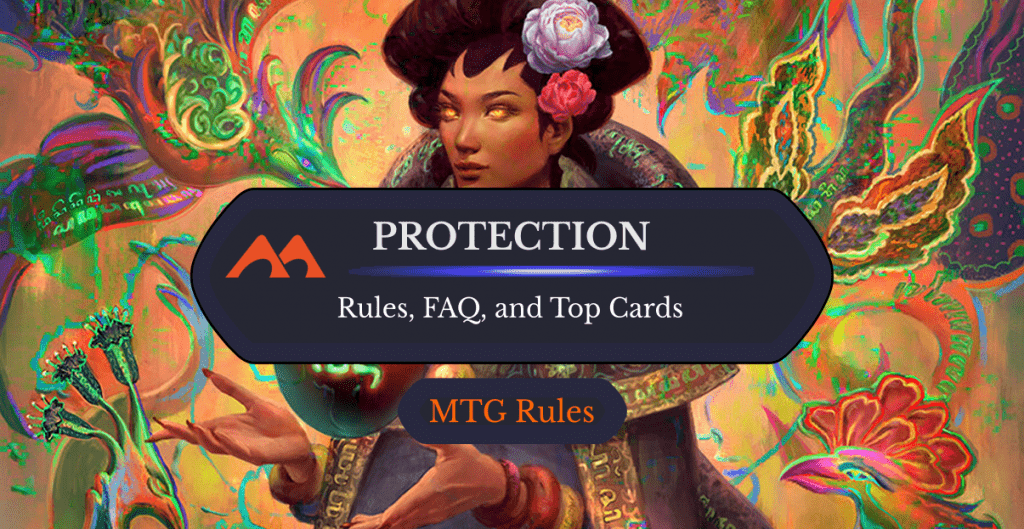
Mother of Runes (Secret Lair) | Illustration by Livia Prima
Protection is probably Magic’s most commonly misunderstood mechanic. Having always been an evergreen keyword, the full text for it is rarely printed on cards anymore and questions get asked nearly every day on what it actually protects your things against. If there was anything you ever wanted to know about protection, then you’re in the right place!
Let’s dive right into this mechanic, and hopefully teach you a thing or two in the process.
How Does Protection Work?

Etched Champion (Modern Masters 2015) | Illustration by Igor Kieryluk
Protection is actually quite simple. It’s just a matter of remembering what it protects from. “Protection from X” means that any object that has the X attribute (this could a particular color, card type, or mana value) can’t deal damage, enchant or equip to, block, or target the protected card. These actions are often abbreviated as “DEBT” to easily remember them.
Let’s review an example. Say you have Silver Knight. It has protection from red, which means that a card like Pyroclasm would have its damage prevented, the Knight can’t be enchanted by Aspect of Manticore or equipped with Embercleave, it can’t be blocked by any red creatures, and it can’t be targeted by spells like Academic Dispute.
The History of Protection
Protection is one of the oldest keywords in Magic’s history, dating all the way back to Alpha. Back then, it only appeared on seven cards total: the classic Black Knight and White Knight and a cycle of “wards,” white auras that gave the enchanted creature protection from a specific color.
As protection evolved, it was largely used to highlight the use of ally and enemy color pairs in Magic. Most creatures that had protection would be protected from one of their enemy colors and never the allied ones. This rule has deviated from that original definition over the years. There are examples of protection from a wide variety of different attributes that opposing cards may have.
With the release of Magic Origins in July 2015, it was announced that protection would soon become a thing of the past. It no longer worked in the design space that WotC wanted for it. Goblin Piledriver’s much awaited reprint was to be the only card with protection in the set and a move towards “hexproof from X” began. We saw Knight of Malice and Knight of Grace in Dominaria as modern rehashes of the original Black Knight and White Knight with new hexproof wording.
To date, only 12 cards have been printed using the “hexproof from X” template. Protection has also started to make its way back into Standard sets, though only very sparingly. We saw Sejiri Shelter in Zendikar Rising and Gods Willing in the Strixhaven Mystical Archive.
Where Is Protection Focused in the Color Pie?
There are hundreds of different cards in the game that use protection, and they’re mainly focused in white even though they’re spread across every color. Nearly 50% of all protection cards are based in white as it’s a much more thematic thing for the color to do.
Not only is it on brand for white to have access to spells that protect their creatures, but it has black and red as natural enemies, the two colors in Magic with the heaviest focus on damage and targeted removal.
What Does DEBT Mean for Protection?
As I mentioned, DEBT is an acronym to help you remember the four things this mechanic protects against: damage, enchanting/equipping, blocking, and targeting.
What is Protection From a Color vs. From Creatures vs. From Everything?
The X in “protection from X” can be lots of different things that cards in the game might have. This is usually just a color, but there are all sorts of things that you can have protection against. Protection works exactly the same with all of these possible attributes. Let’s go over some examples.
What Does Protection from Creatures Mean? How Does Protection from Creatures Work in MTG?
A creature with protection from creatures can't be damaged, blocked or targeted by other creatures. While great for attacking, this also means your creature with protection from creatures can safely block and prevent all damage that would be dealt to it.
Protection from Dogs: Creature Types

Feline Sovereign grants your other cat creatures “protection from dogs.” This means that your other cats can never be damaged by dogs, enchanted or equipped by dogs (there are currently no auras or equipment that are dogs, but you never know what might happen), blocked by dogs, or targeted by the abilities of dogs. This will also work on changeling creatures like Morophon, the Boundless.
Protection from Ring-bearers
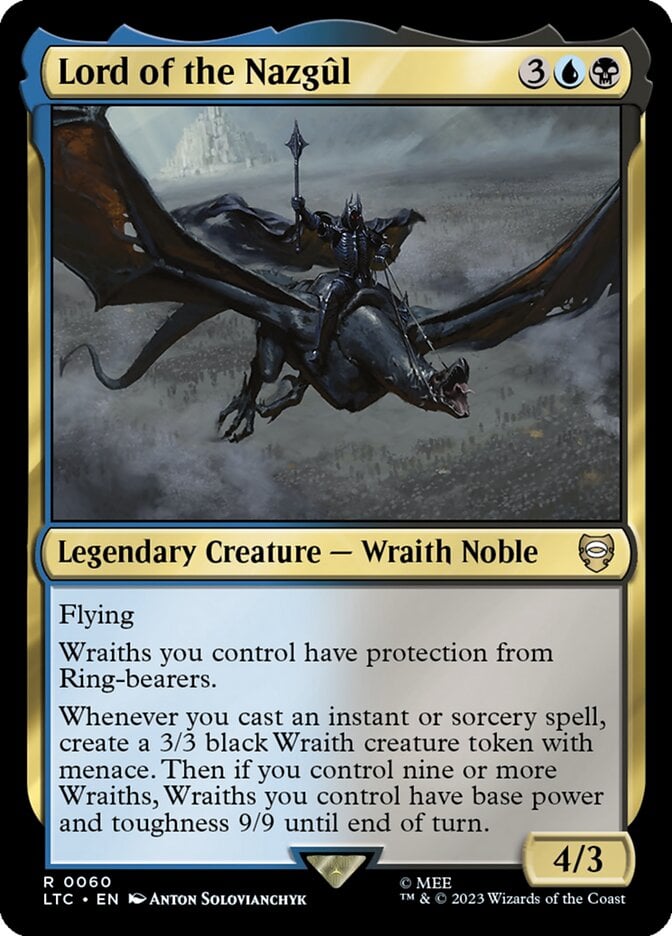
With the introduction of the ring tempts you mechanic from Lord of the Rings: Tales of Middle-earth, creatures can now hold The One Ring and be officially deemed as “Ring-bearers.” As a result of this, some creatures, like Lord of the Nazgûl, have protection from Ring-bearers. This is certainly one of the more obscure things to be protected from, but it fits into the game perfectly from a gameplay and theme standpoint.
Protection from Colored Spells: Instants and Sorceries Beware

Emrakul, the Aeons Torn has a lot of text but hidden in it are the words “protection from colored spells.” A spell is anything currently on the stack. For example, Emrakul can’t be targeted by Doom Blade or damaged by Blasphemous Act, but it can be equipped by colored equipment as they’re not spells. It can also be enchanted by colored auras if they’re somehow moved onto Emrakul by an ability, but they can’t be cast onto it because that would require targeting the eldrazi with a colored spell again.
Protection from Snow

Ronom Hulk has a unique protection ability: protection from snow. Snow is a supertype in Magic that has appeared in a few sets including Modern Horizons and Kaldheim. The Hulk is protected against any of these cards. It can’t be targeted by Frost Bite or blocked by Ice-Fang Coatl.
“You Have Protection”: Protecting Yourself

Runed Halo is another different variation on protection, granting it to you, the player, rather than to a creature you control. But it doesn’t work any differently. You don’t attack or get equipped with anything anyway, but if we look at the rest of our DEBT acronym, this means that you can’t be targeted, damaged, or enchanted by the chosen card.
Protection from Mana Values
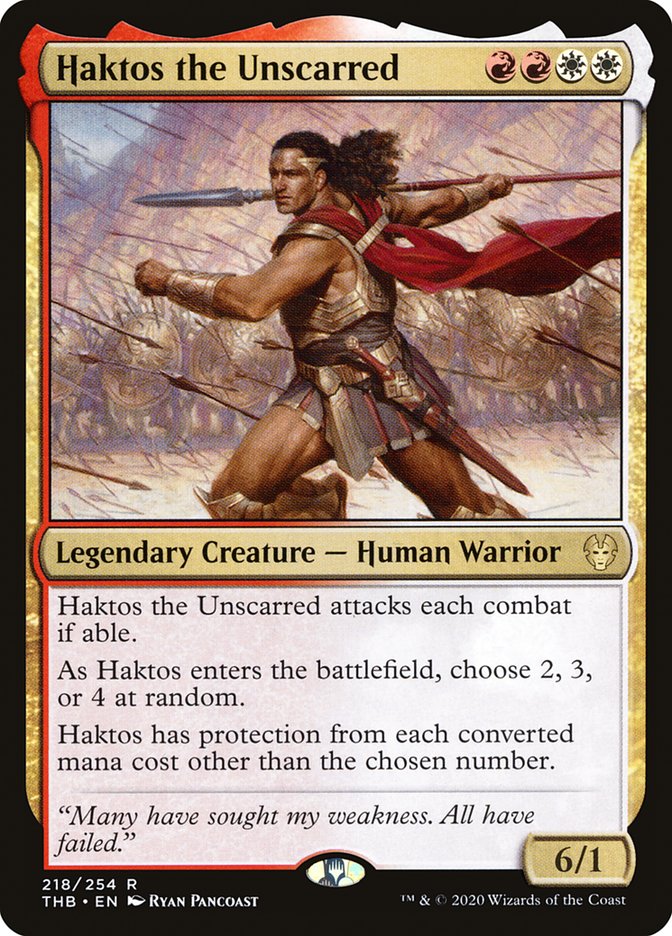
You can grant protection from a variety of different attributes, including certain mana values (or “converted mana costs,” as they used to be called). Haktos the Unscarred is a fun card. You never know what it’ll be protected from.
As Haktos enters the battlefield, a mana value of two, three, or four is chosen at random and it has protection from all other mana values. If three is chosen, then it can only be damaged, enchanted/equipped, blocked, or targeted by cards that have a mana value of three. Hence, if three was chosen, Haktos can be destroyed by Murder but not by Heartless Act.
Protection from Artifacts
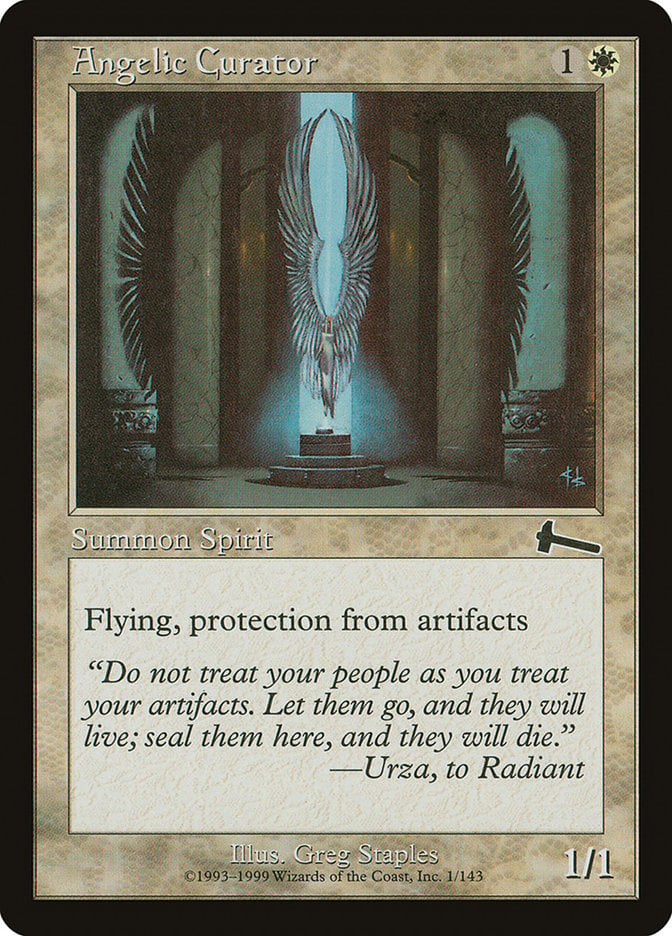
Protection can even extend to card types themselves like artifacts, enchantments, or instants and sorceries. They function the same as protection from any other classifying characteristic. In the instance of “protection from artifacts”, it will be protected from anything that is an artifact even if it is something else in addition to being an artifact.
Protection from… Everything
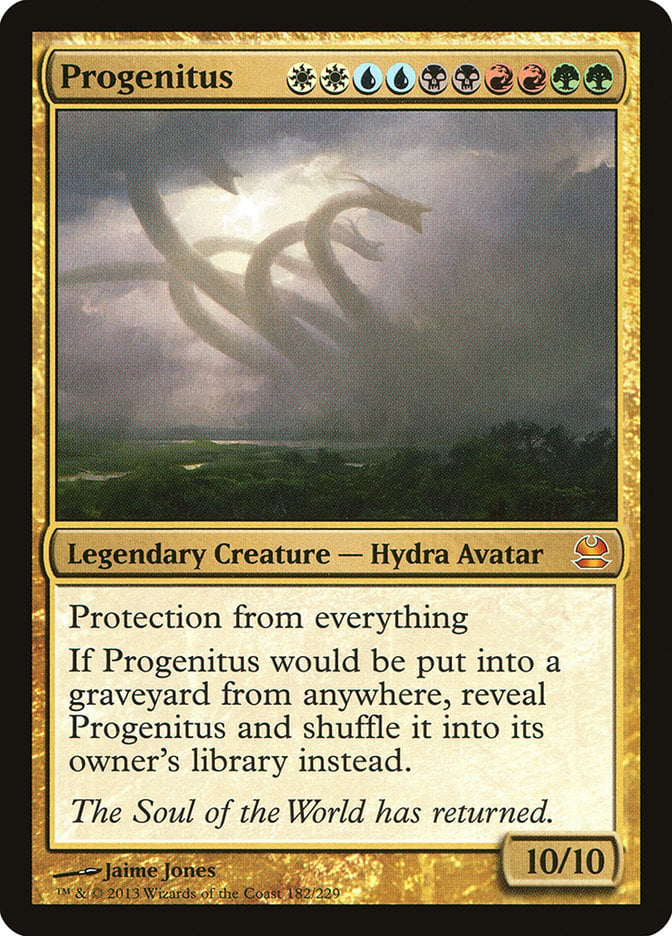
Probably the weirdest line of text on any Magic card. Protection from everything is easy enough to apply to DEBT. Progenitus simply can’t be damaged by anything, enchanted or equipped with anything, blocked by any creatures, or targeted by anything. Nice.
Can a Player Be Attacked If They Have Protection from Everything?
A player can be attacked if they have protection from everything, however, even if no blockers are declared, no damage will be dealt to the player.
How Does Protection From a Player Work?
There are three cards in the game that grant protection from a player rather than from an attribute that a card can have. These abilities basically translate as “protection from everything controlled by a player.”

Originally designed for Commander, True-Name Nemesis was supposed to be a casual card that was simply difficult for one of your opponent’s to deal with in a Commander game. But in a normal two-player game, it became a virtually unkillable threat that made waves in creature-based decks from Azorius Stoneblade to merfolk.
Does Protection from a Color Prevent Blocking?
Yes, protection from a color means your attacking creature can't be blocked by creatures of that color.
Does Protection from Creatures Prevent Blocking?
A creature with protection from creatures can't be blocked by creatures.
Can You Block With Creatures That Have Protection?
Yes, if your blocking creature has protection from creatures you can block and not be damaged by creatures. If your blocking creature has protection from a color, attacking creatures of that color will not damage your blocking creature.
How Does Trample Work With Protection?
As I mentioned, protection prevents damage dealt to creatures. So how does it work in combat?
Let’s take a look at an example with everyone’s favorite trampling dinosaur: Colossal Dreadmaw. If you attack with Dreadmaw and your opponent blocks it with Blightbeetle which has protection from green, how does this combat work?
For the most part, it works just like any combat. When your creature has trample, you start by assigning the damage it will deal to each of the creatures blocking it, in the order you chose when the block was made. Each creature must be dealt at least lethal damage before moving to the next one. Your trample creature can then assign what’s left to the defending player or planeswalker.
In our scenario, you assign 1 damage to the Blightbeetle to kill it and then 5 to your opponent. Then the damage is dealt, but protection kicks in and prevents the damage to the beetle. The lethal damage still needs to be assigned, but protection prevents the damage from actually hurting the protected creature.
Does Protection From a Color Prevent Deathtouch?
The short answer here is yes. Protection from black, for example, will prevent all damage dealt by black creatures and spells to whatever has that protection. Deathtouch means that any amount of damage counts as lethal damage. But if that damage is prevented, then it won’t do anything to the creature being protected.
Protection also prevents the life you gain from lifelink abilities. Prevention effects like protection will effectively negate both the life gain from lifelink and the insta-kill effect of deathtouch.
Does Protection Work Against Board Wipes?
This can be a little more complicated, but let’s go back to the DEBT acronym. Protection stops damage, enchanting/equipping, blocking, and targeting. It doesn’t do anything against any other kinds of effects. So what is the board wipe in question doing?
If we’re looking at your typical white wrath effect like Shatter the Sky or Doomskar, then protection won’t do anything. But red’s damage-based sweepers like Anger of the Gods and Crush the Weak would be stopped, as protection prevents the damage that would be dealt. You’ll need your protection to be specifically protecting from the right color, mana value, or whatever else, though.
How Do You Deal With or Get Around Cards with Protection?
I talked about a lot of things that protection stops, but what kind of things does it not stop? Here are a few cool ways to get around various protection abilities:
- Board sweepers don’t typically target or deal damage, as I mentioned just before this. These usually get around protection.
- Edict effects like Pharika's Libation or Sudden Edict also get around protection as they tend to target the player and not the creature.
- When dealing with something annoying like True-Name Nemesis, the one toughness it has makes it vulnerable to effects like Night of Souls' Betrayal or Plague Engineer. Engineer in particular is a really good and efficient answer to Nemesis in Legacy and it also answers other decks like elves and goblins, making it a great sideboard choice all ‘round.
- Damage prevention can be effectively turned off for a turn using cards like Bonecrusher Giant’s Stomp or Skullcrack. Protection no longer prevents damage with these effects. They still can’t be targeted and you can’t block them, but you can attack with your creature, allow them to block, and then cast one of these spells to make the creature vulnerable in the middle of combat.
The Best Protection Cards
Protection has been around for a very long time. There are well over 300 cards that have used the mechanic in the last 30 years. There are a lot of great protection cards to choose from, but I’ve chosen just five that are the best protection cards in the game.
Honorable Mention: Etched Champion
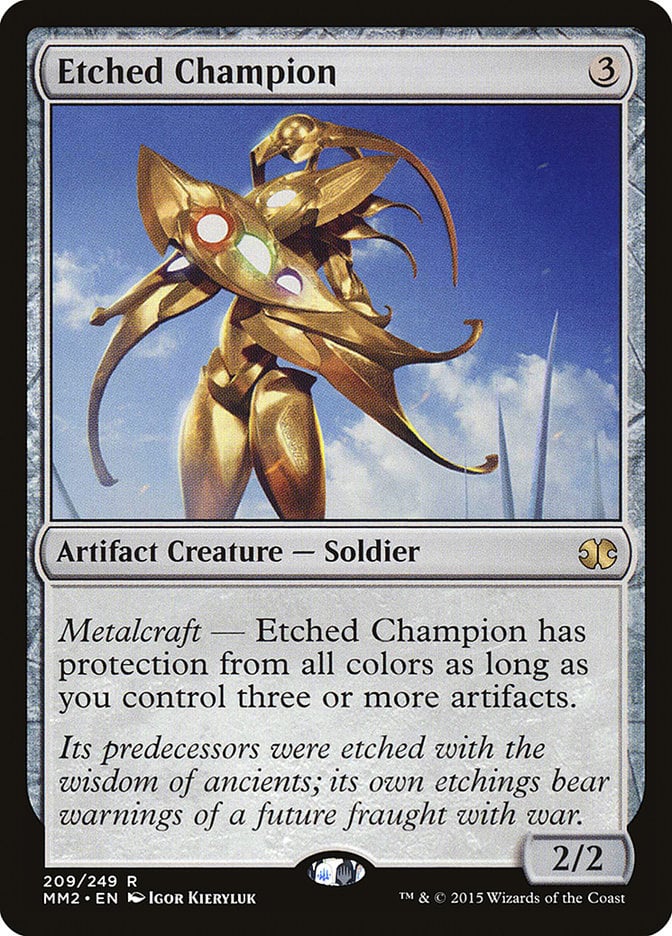
For years, Etched Champion did a ton of work as the curve-topper in affinity decks. This was just edged off of my list because it’s been quite a long time since this deck was good. I haven’t played against the Champion for quite a few years now. But it was definitely a powerhouse in its day.
#5. Gods Willing
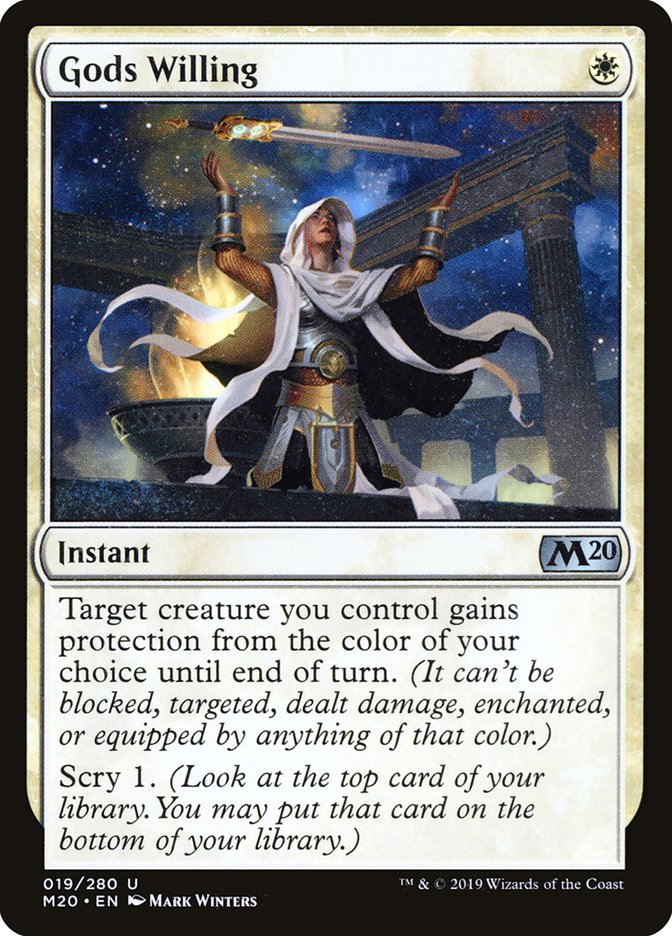
We’ve seen many decent instants that grant protection over the years, but the one that impresses me the most is Gods Willing. Scry 1 is the perfect extra bonus for this kind of spell, giving it just that little extra boost.
Ever since it graced our draft tables in Theros, it consistently overperformed, even needing to be upgraded to uncommon in Core Set 2020. Even in Strixhaven, it’s an exceptional pick from the Mystical Archives and I’d be very surprised if it isn’t in my top draft picks for white the next time it gets a reprint.
#4. Kor Firewalker

This card came out just a little after I started playing Magic and I saw no shortage of people scared that this one card might completely push mono red decks out of the metagame. While that never happened, Kor Firewalker is still one of the best color hosers we’ve ever seen. While a huge Modern format has pushed it out of many sideboards, it has a place in both Modern and Legacy if you need to answer red aggro decks.
#3. True-Name Nemesis

True-Name Nemesis has come up a couple times already, but this card took Legacy by storm when it first came out. It made waves in merfolk tribal, Stoneblade decks, and even in some miracle decks.
This was just extremely difficult to deal with for a long time and required specific answers in sideboards or you’d just lose to it. Ten years later it’s still strong, but we have better answers and faster decks, making Nemesis not quite the powerhouse it once was. It’s still definitely a great card, though.
#2. Sword of Fire and Ice (and all of the other swords)
The protection swords have (nearly) all seen a bunch of play across multiple formats. Go-to targets for many a Stoneforge Mystic everywhere from Standard through to Legacy. Not only do they have some devastating triggered abilities, but the variety of protection colors makes any creature a force to be reckoned with. On top of this, Sword of Feast and Famine helped make Caw-Blade the dominant force it was in 2011 Standard and is still regarded as one of the best Standard decks of all time.
#1. Mother of Runes
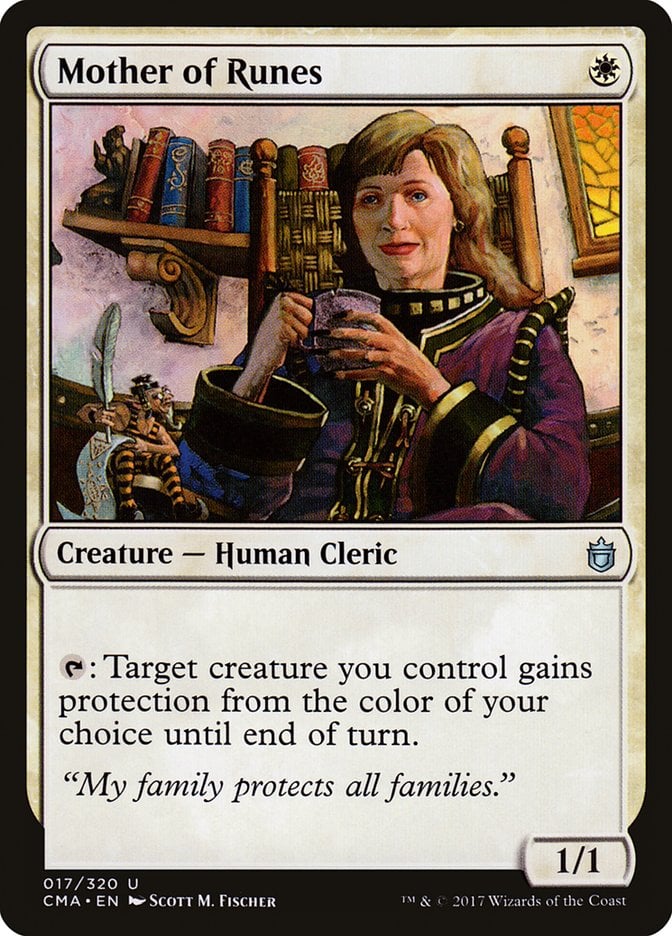
It’s hard for me to think of protection in Magic and not just think of Mother of Runes. Mom is likely the most devastating use of protection in the game. Not only is it a repeatable source of protection against any color, but it also has the ability to protect itself which makes it almost impossible to kill.
To this day, four copies of Mom headline every Legacy death and taxes list and are a huge reason why the deck is so annoying to deal with. This card is so iconic and Giver of Runes is doing such a great job of filling its shoes in Modern so far, thankfully watered down so it can’t protect itself. I also had to showcase the sensational art from Rebecca Guay from the Secret Lair drop.
Wrap Up
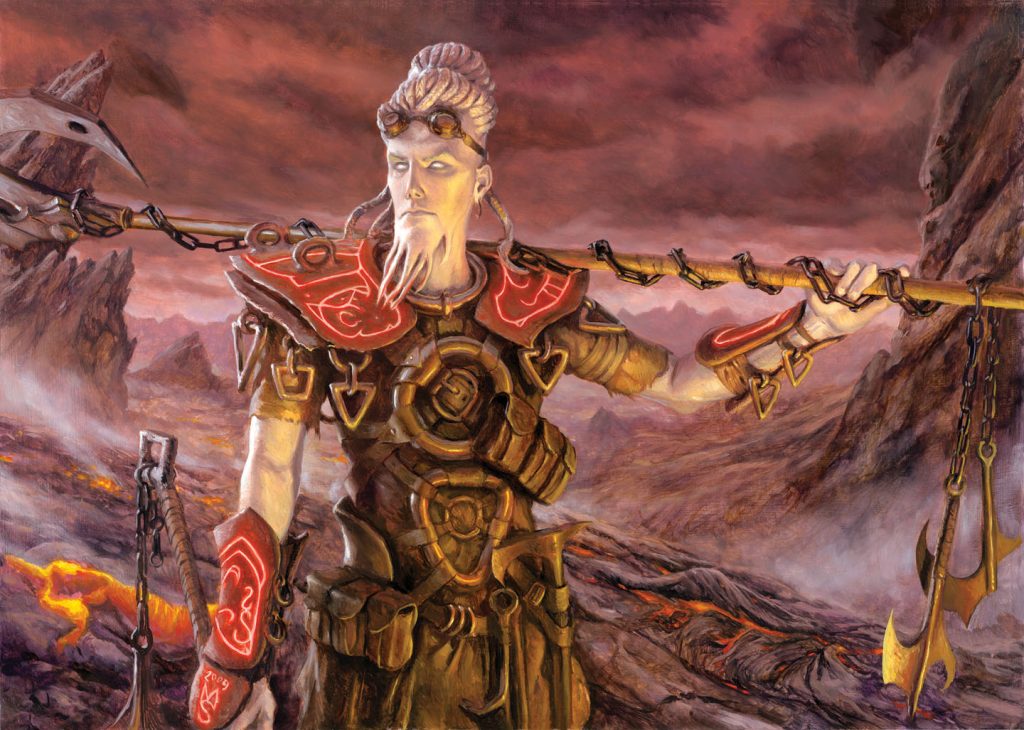
Kor Firewalker | Illustration by Matt Stewart
Protection is a super powerful mechanic. Using it in response to a kill spell can effectively counter it, permanents with protection can be very difficult to deal with, and there are a bunch more interactions out there to learn. Do you think it’s good to keep it in Magic? Do you think Wizards had the right idea in getting rid of it a few years back? Let us know what you think in the comments!
There’s still some protection cards floating around in MTGA, so make sure to give them some love in your next game. And don’t forget to grab Arena Tutor for free if you do.
Until next time, take care of yourselves and I hope you’re all having an amazing season!
Follow Draftsim for awesome articles and set updates:
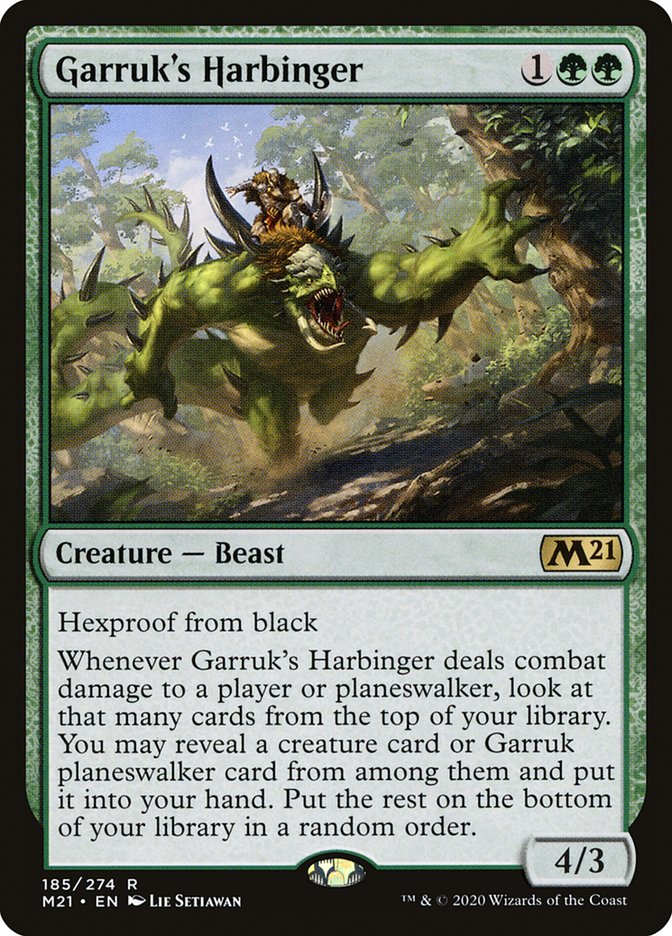
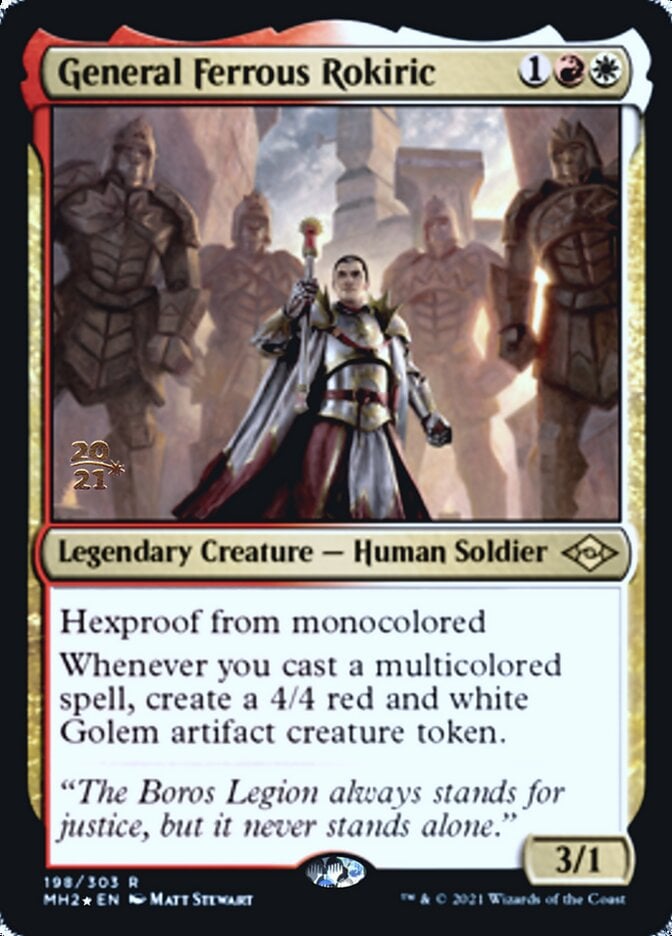
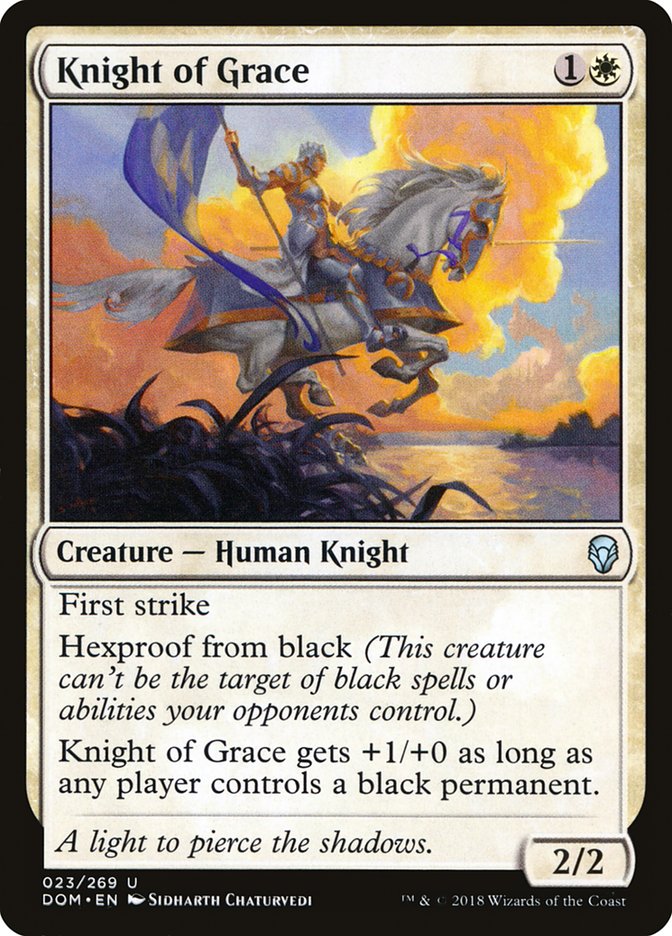
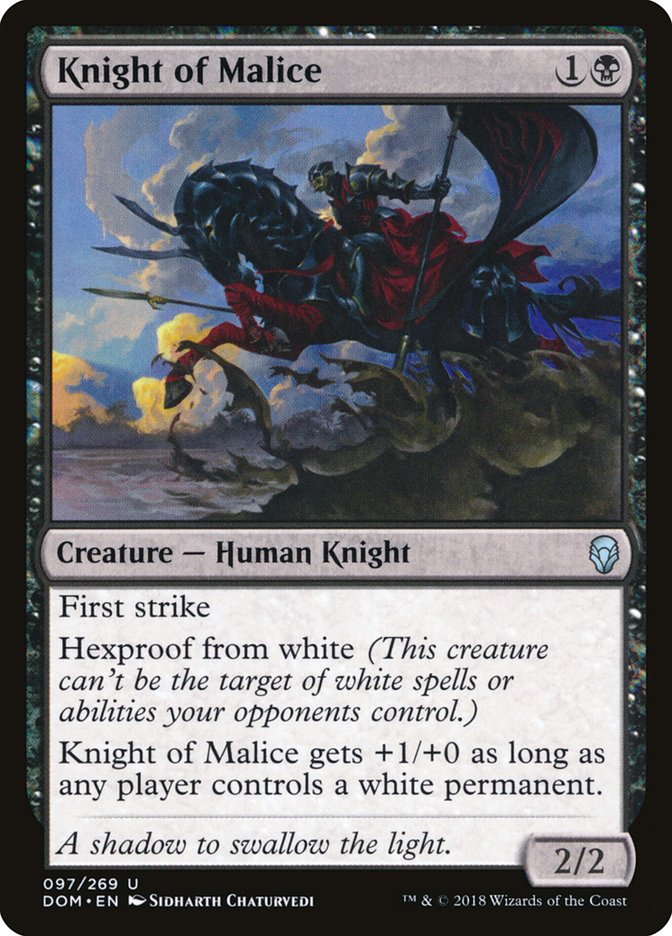

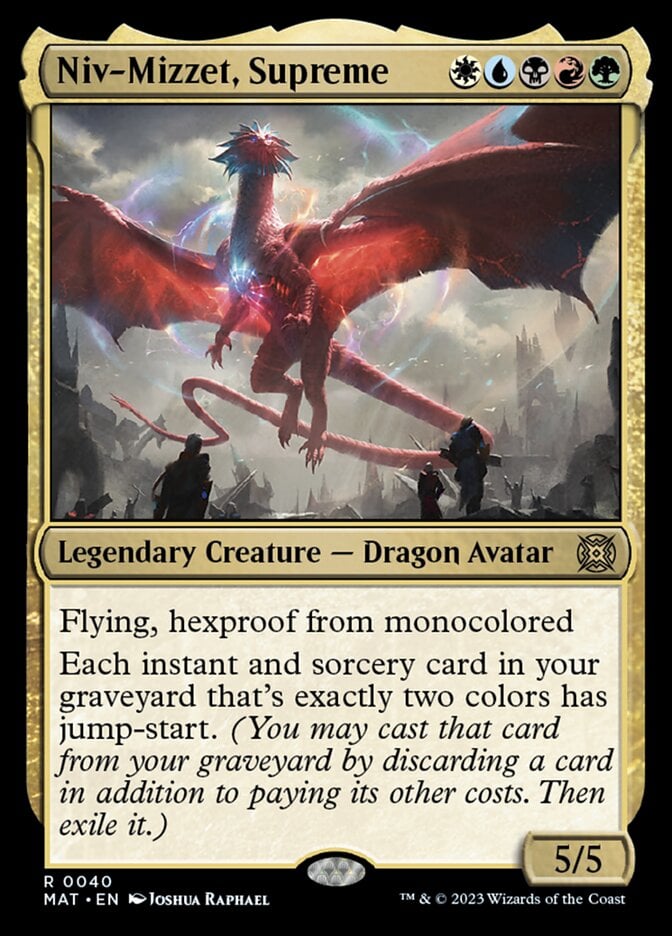
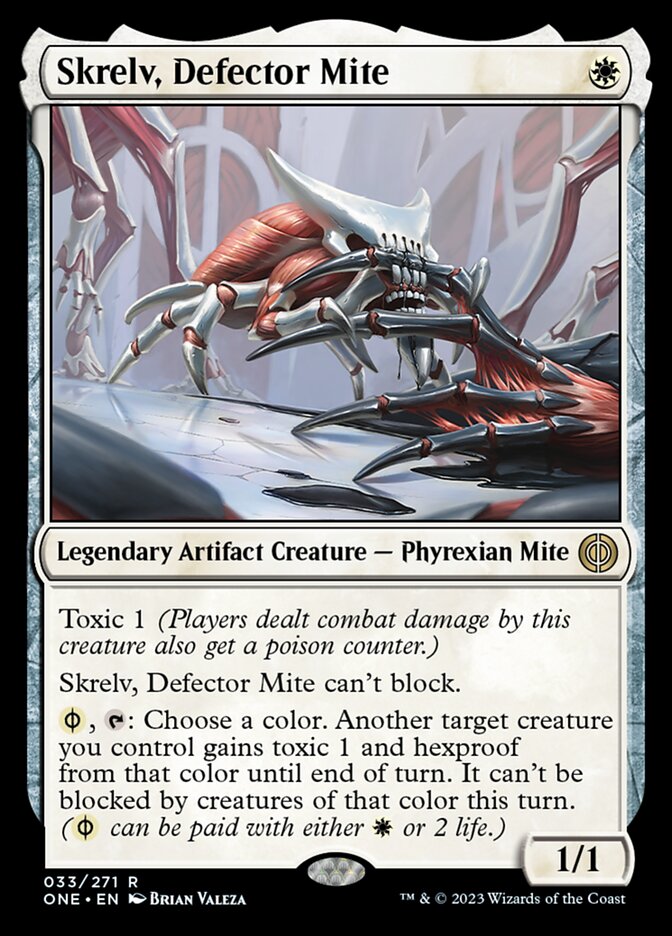
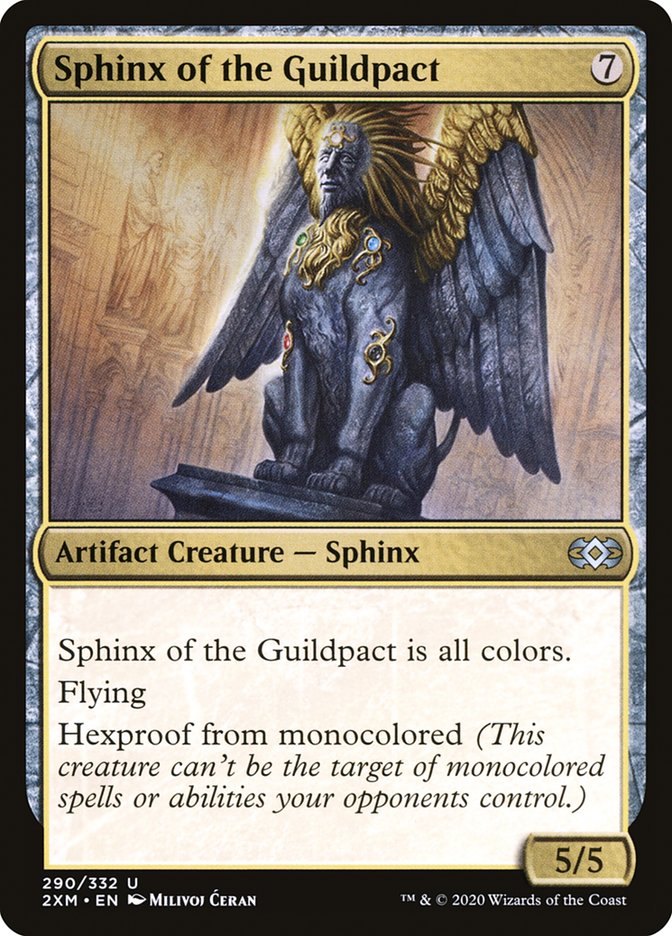
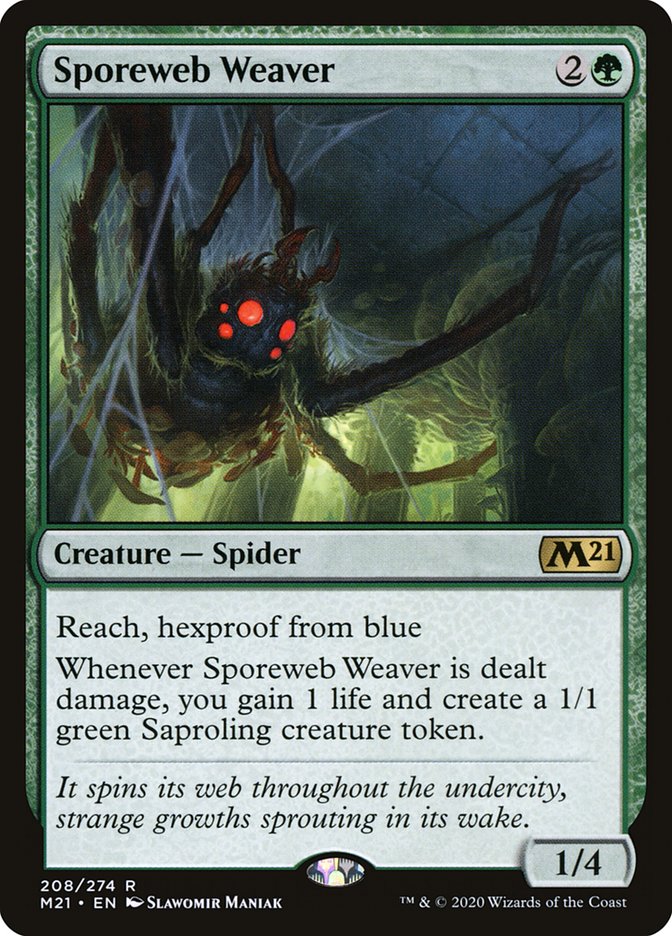
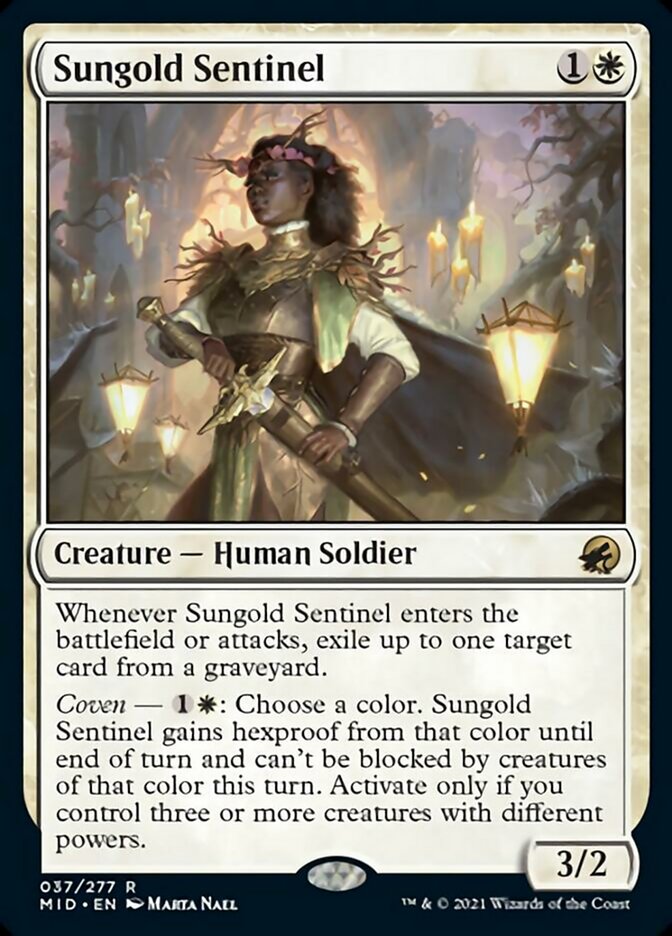

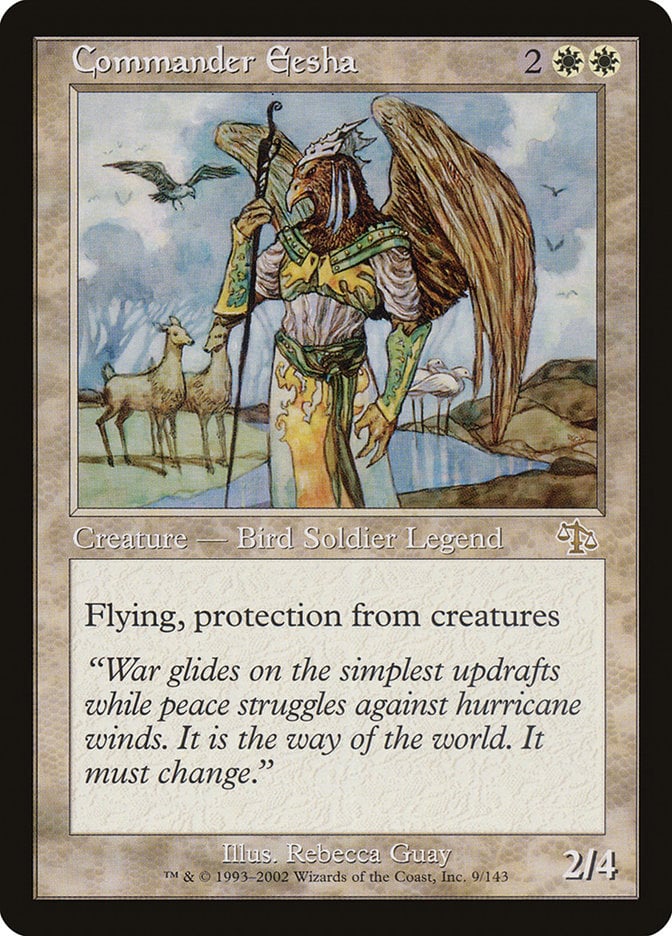
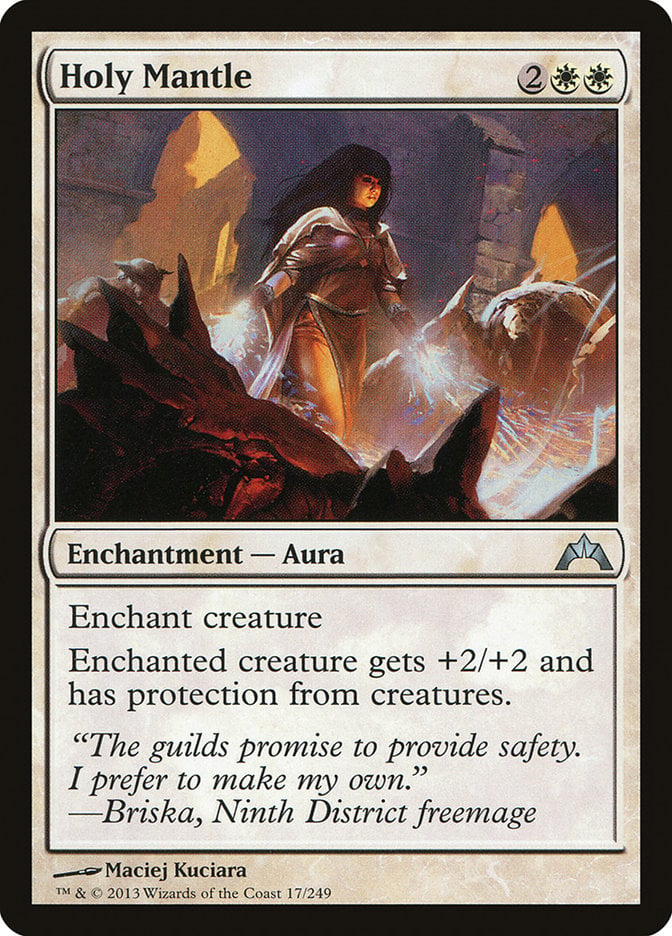
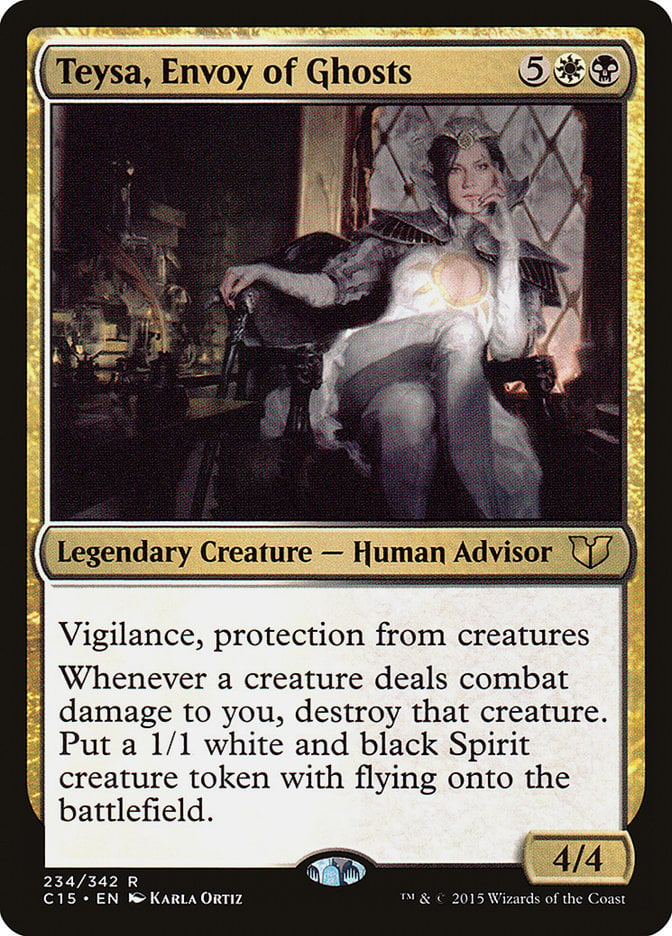
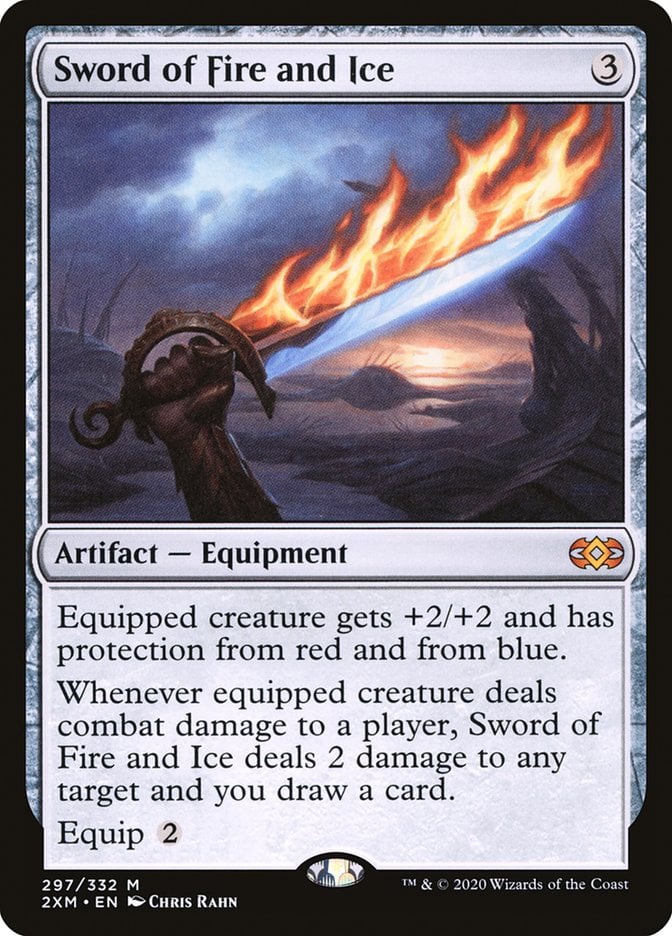


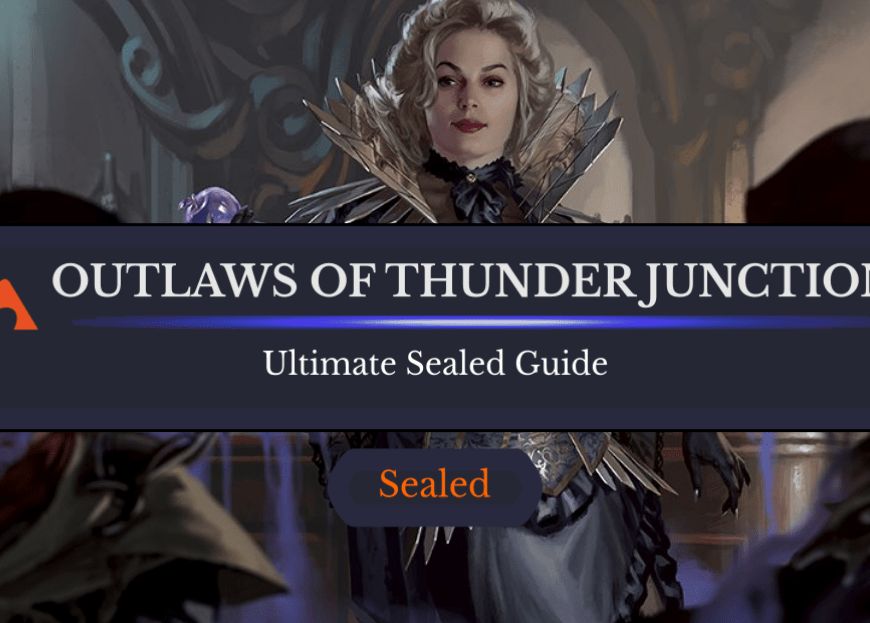

4 Comments
Hi,
I just read the article about protection. maybe it’s because of my English (I’m from Germany) but my question, which happened yesterday in a game, is unfortunately not answered here: my opponent had ayara first of locthwain out and I played the one ring and protection from everything receive. he said i would still lose the life through ayara because it wasn’t targeted. I said that I don’t lose lives because I also have protection from black sources – protection from everything. how is it right now thank you very much for your answer 🙂
Hey, Samuel.
Thanks for reading, and don’t worry–your English is great.
My – as well as others’ – understanding is that you would still take damage through the protection. This is because protection prevents 4 things: Damage, Blocking, Targeting and Enchanting/Equipping. Having each opponent lose life is none of those things, and Ayara does not do damage, it causes loss of life.
If you have protection from Everything can you pay life? If so do you take damage.
Yup! Protection stops targeting and damage specifically, but you can still pay life.
That will actually reduce your life total though!
Add Comment